There are 19 protected parks in Switzerland; the Swiss National Park is the largest and best known, but the regional nature parks and nature discovery parks also have a lot to offer.
The Swiss National Park in the canton of Graubünden was established in 1914 and remained the only park in Switzerland for almost 100 years. It was not until the revision of the Federal Act on the Protection of Nature and Cultural Heritage (NHG) in 2007 that the park landscape in Switzerland began to develop further. It laid the foundation for new national parks, regional nature parks and nature discovery parks. Today, a total of 19 parks cover more than 12% of the national territory. They are all worth a visit.
The Swiss National Park
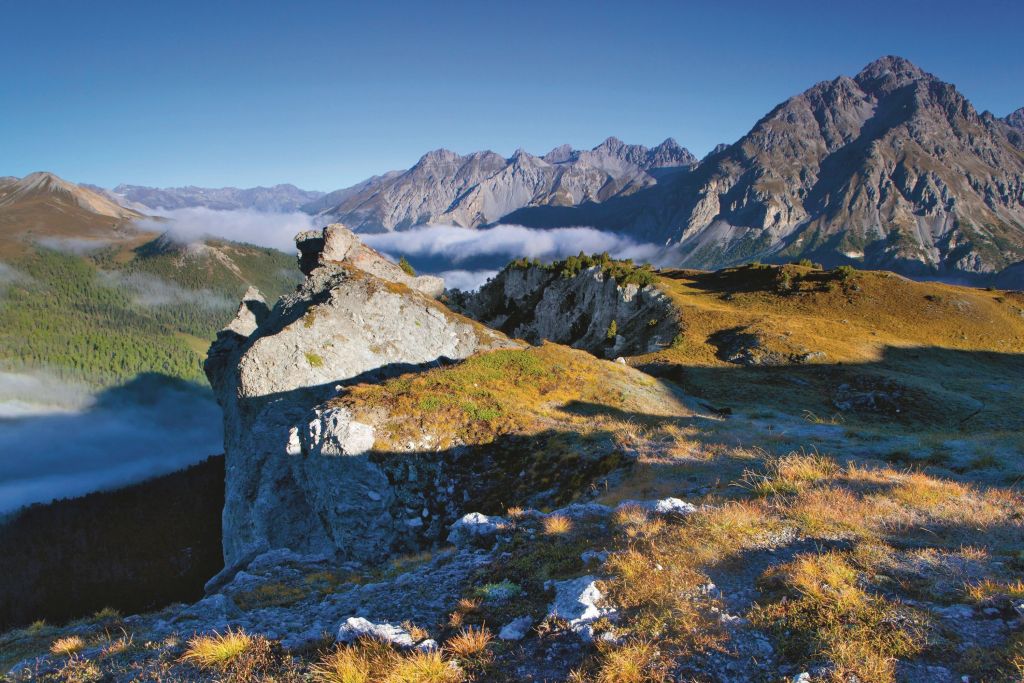
Swiss National Park, Foto: Schweiz Tourismus
With an area of 170 square kilometres, the Swiss National Park is the largest nature reserve in Switzerland. It was created in 1914, making it the oldest national park in the Alps and Central Europe. Since its foundation, all human intervention has been prohibited in the national park, allowing nature to develop freely. This absolute protection is unique in the Alps. It makes it possible to observe animals such as chamois, deer and marmots under optimal conditions.
UNESCO Entlebuch Biosphere Reserve
The Entlebuch is located in the heart of Switzerland and has the largest and most numerous moors in the country, huge karst areas and flora and fauna of international importance. The local population showed vision and knew how to create added value from this unique landscape with the UNESCO Entlebuch Biosphere Reserve. The Entlebuch thus became the world’s first popularly initiated biosphere reserve and Switzerland’s first regional nature park.
Thal Nature Park
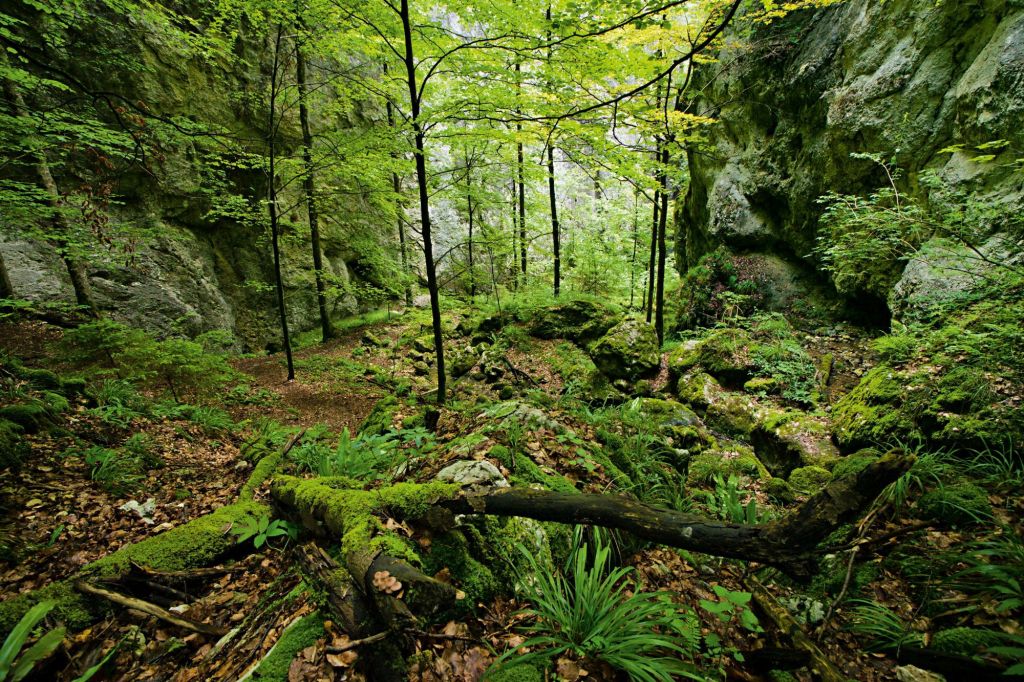
Naturpark Thal, Foto: Schweiz Tourismus
The Thal Nature Park is embedded in the mountain ranges of the Solothurn Jura. It provides a balance to the large urban centres of Basel, Bern and Zurich, by which the park is surrounded. The characteristic Jura relief has a diverse geomorphology and is a natural habitat for rare animal and plant species. The nature park also preserves traditional agriculture and jobs.
Biosfera Val Müstair
The Biosfera Val Müstair is a regional nature park of national importance and, together with the Swiss National Park and parts of the municipality of Scuol, forms Switzerland’s first high-alpine UNESCO biosphere reserve. A small valley in world format. No wonder, since 80 percent of the local farmers produce purely organically. The valley’s multifaceted handicrafts are practised in a tradition- and quality-conscious manner, and the region offers a unique cultural and natural landscape.
Jurapark Aargau
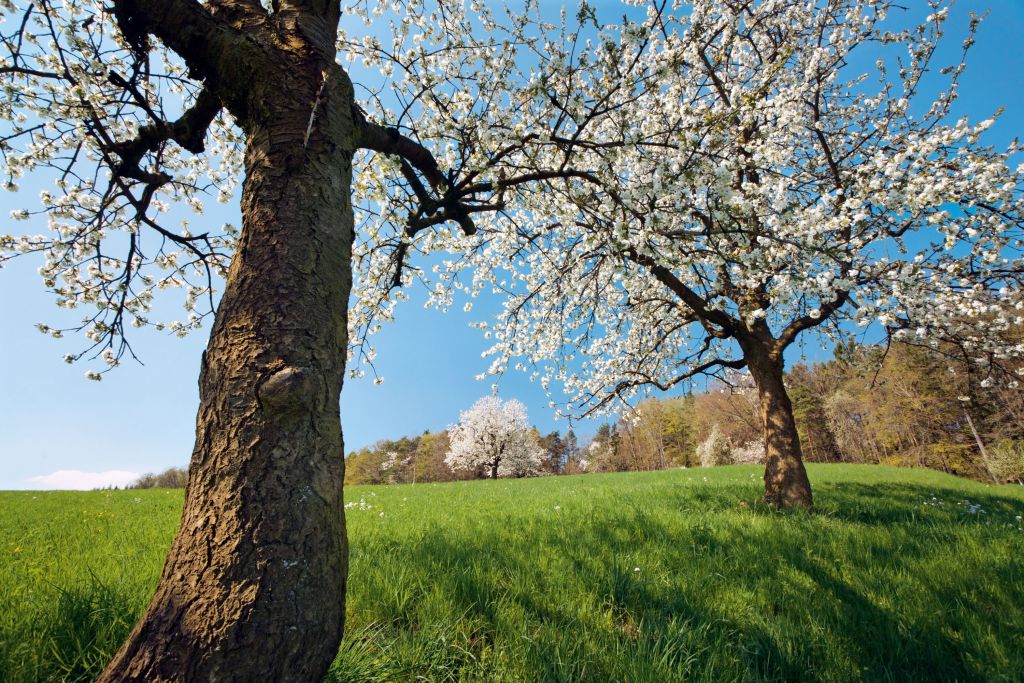
Jurapark Aargau, Foto: Schweiz Tourismus
The Jurapark Aargau comprises the hilly landscape of the Ketten- und Tafeljura between Aarau, Brugg, Laufenburg and Rheinfelden. As a recreational area not far from Basel and Zurich, it is characterised by sparsely developed valleys that convey an unusual sense of seclusion. The “green treasure trove” holds natural gems (such as orchids), landscape jewels (varied cultural landscape with fruit trees), stone wealth (fossils such as ammonites), palate gold (wine and fruit) and many cultural treasures to discover.
Binntal Landscape Park
The Binntal Landscape Park is located in the Upper Valais and unites five municipalities. It is known for its mineral wealth and for its diverse flora with rarities such as a species of wild tulip that is unique in the world. The villages and hamlets with dark houses made of sun-browned larch wood are well preserved. Like the chapels, barns and alpine huts, they bear witness to a rich, traditional cultural landscape, which the park aims to bring to the fore.
Naturpark Chasseral
The Chasseral Nature Park is located between Neuchâtel, La Chaux-de-Fonds and Biel and unites 21 municipalities around the Chasseral. The region is characterised by diverse landscapes: Pastures, gorges, vineyards, forests and cultivated fields alternate. These landscapes bear witness to the blending of the two cultures of the mountain and lake regions, as well as the close link between nature and human activities – typically for this area mainly agriculture and industry.
Diemtigtal Nature Park
Wild landscapes, adventurous discoveries: the Diemtigtal Nature Park stands for impressive nature experiences right on your doorstep. With 140 alpine farms and over 10,000 cows, cattle, sheep, goats and horses, the Diemtigtal is the most important alpine farming community in Switzerland. As a living, traditional form of culture and economy, alpine farming is of great importance and can be seen and felt. Even today, traditions are actively lived and experienced.
Parc Ela
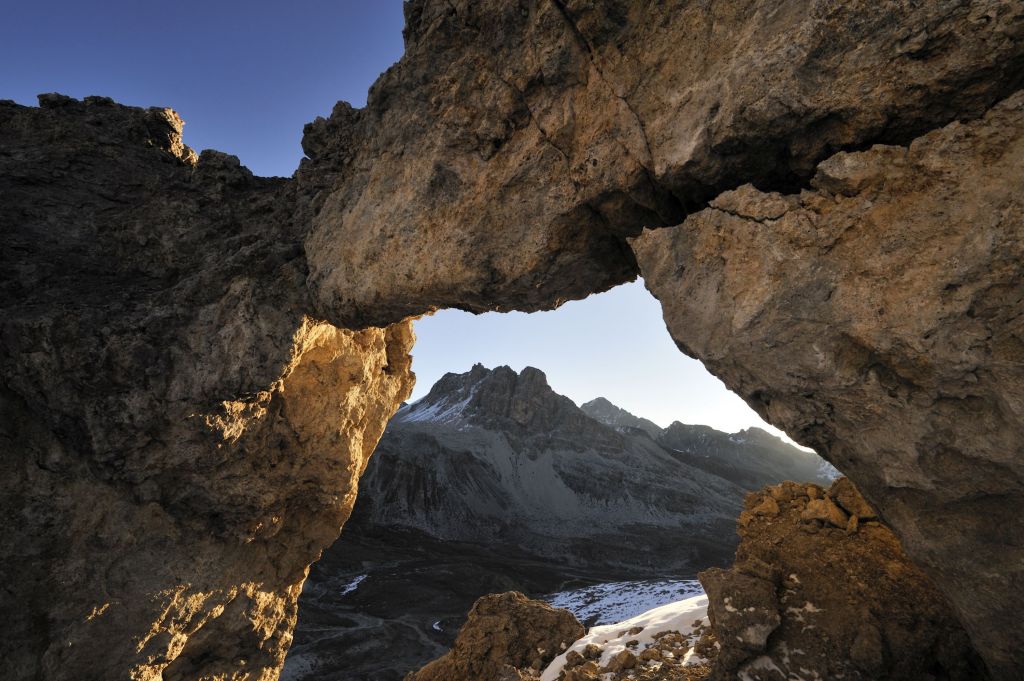
Parc Ela, Foto: Schweiz Tourismus
Parc Ela is located in the heart of Graubünden and combines the three language cultures of Romansh, German and Italian. With steep mountain peaks and vast landscapes surrounded by glaciers and mountain lakes, the park still offers a genuine wilderness feeling. In the valleys, historic villages and baroque churches recall the former importance of the trade routes over the Albula, Julier and Septimer Alpine passes. Nature, people and their products make Parc Ela unmistakable.
Gantrisch Nature Park
The Gantrisch Nature Park lies in the centre of the triangle formed by Bern, Fribourg and Thun. Here you will find endless forests, pristine alpine meadows and deep gorges. The hilly landscape allows a perfect view of the foothills of the Alps and thanks to low light pollution you can enjoy a clear view of the starry sky and nature at night.
Gruyère Pays-d’Enhaut Regional Nature Park
The Gruyère Pays-d’Enhaut Regional Nature Park is located between Montreux and Bulle, Gstaad and Gruyère. It is characterised by a typical pre-Alpine landscape in which valleys, meadows, forests, alps and rock faces alternate. The region has a rich alpine heritage and is the cradle of cheese culture. The numerous products made in the park are evidence of a still strong and vibrant alpine and agricultural sector.
Beverin Nature Park
Four valleys and two cultures characterise the Beverin Nature Park – known for its deep gorges, intact villages, crystal-clear mountain lakes and ibexes, known as capricorns in Romansh. The imposing animals live majestically in the rock faces around the Piz Beverin (2998 m above sea level) and watch over the wild and unspoilt landscape of the 412 square kilometre nature park.
Doubs Nature Park
The landscapes of the Doubs Nature Park invite you to switch off and immerse yourself in the here and now. The river Doubs marks the landscape. Large river meanders, waterfalls and rocky gorges alternate. On the Jura plain there are natural ponds with intact biodiversity, such as the Étang de la Gruère. But the economic activities of the inhabitants are also visible, for example in the meadows where cows and Freiberger horses graze together.
Parc Jura vaudois
Close to Geneva and Lausanne, the Parc Jura vaudois brings together 30 communes and stretches from the summit of the Dôle to the medieval castle of Romainmôtier. To the north is the Vallée de Joux, famous for its watchmaking and lakes. On the other side of the ridge dominated by “Mont Tendre”, the villages of the Jura foothills offer unique views of Lake Geneva and the Alps. The diversity of the landscapes reflects the traditional activities of the people in forestry, agriculture and industry.
Pfyn-Finges Nature Park
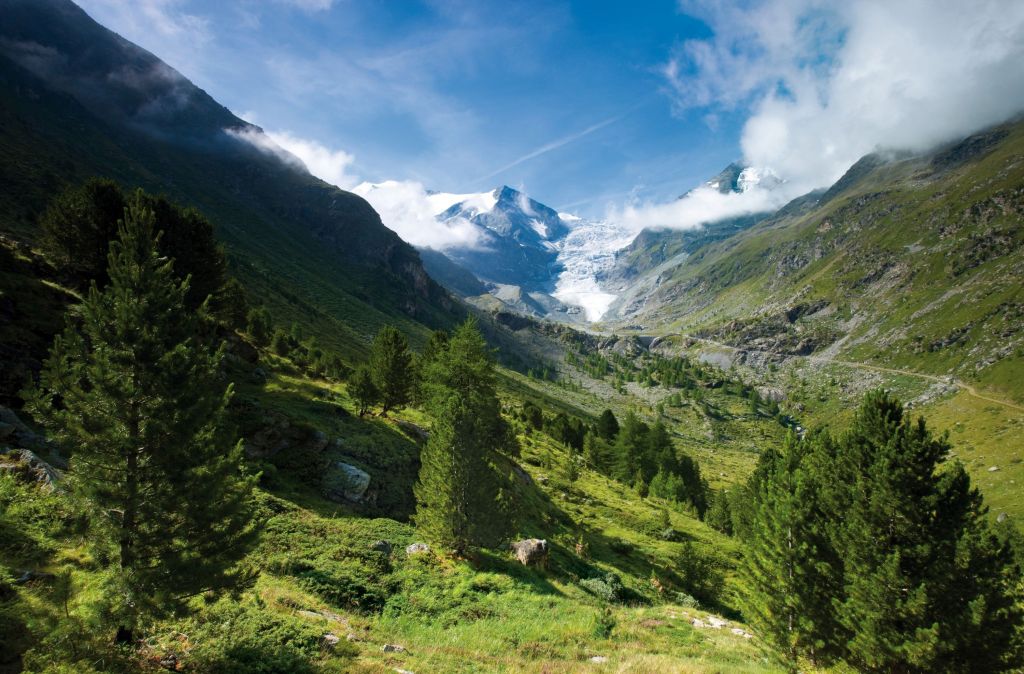
Regionaler Naturpark Pfyn-Finges, Bild: Schweiz Tourismus
Situated in the heart of the Valais, the Pfyn-Finges Nature Park fascinates with its biodiversity and the geological elemental force of the wild Rhone. It offers numerous rare bird species a home and hospitality that can hardly be seen anywhere else in Europe in such close proximity to nature. With its more than 80 wineries, the Pfyn-Finges Nature Park is also known as the Wine Park of Switzerland.
Schaffhausen Regional Nature Park
Randen – Vineyards – Rhine: At the northernmost tip of Switzerland, a varied landscape invites you to discover and experience. The Schaffhausen Regional Nature Park is characterised by vast farmland, dry meadows, large forests, carefully tended vineyards and the Rhine with its unique river landscape. Look out from the rim towers into the vastness of the region, become part of the living wine-growing tradition and follow the Rhine, the flowing spectacle of nature, on foot or by bike.
Zurich Sihlwald Wilderness Park
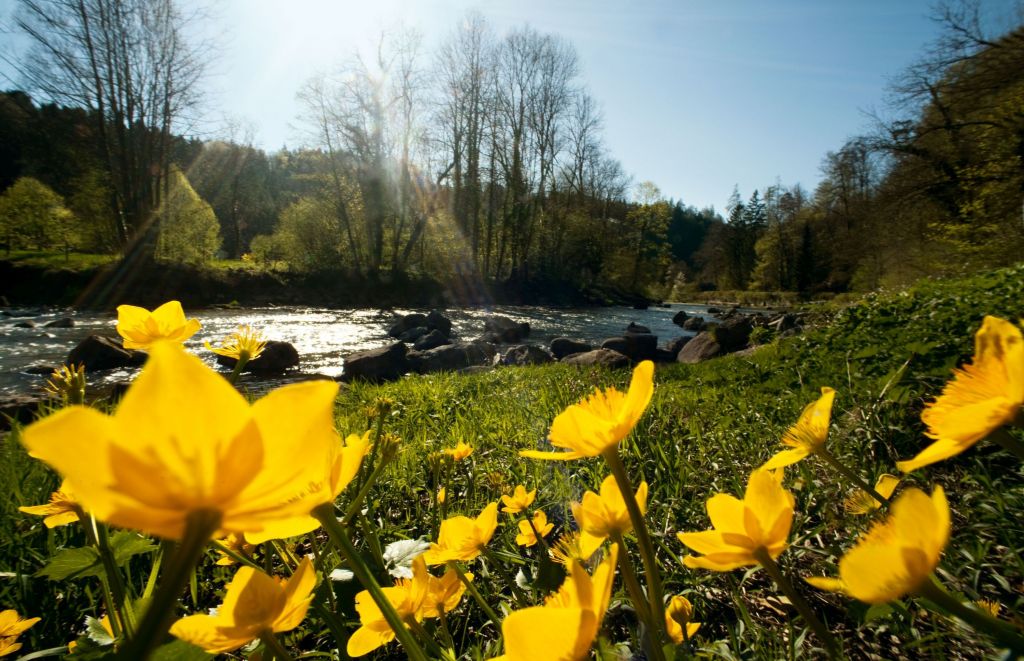
Wildnispark Zürich-Sihlwald, Foto: Schweiz Tourismus
In the immediate vicinity of Zurich, the Zurich Sihlwald Wilderness Park in the Swiss Mittelland embodies the rare example of an original beech forest. Although the Sihlwald has only been left to its own devices since 2000, there are already large parts of the forest that allow a glimpse of the emerging wilderness. The Sihlwald is the first area in Switzerland to be awarded and certified as a “Nature Experience Park”.
Jorat Nature Discovery Park
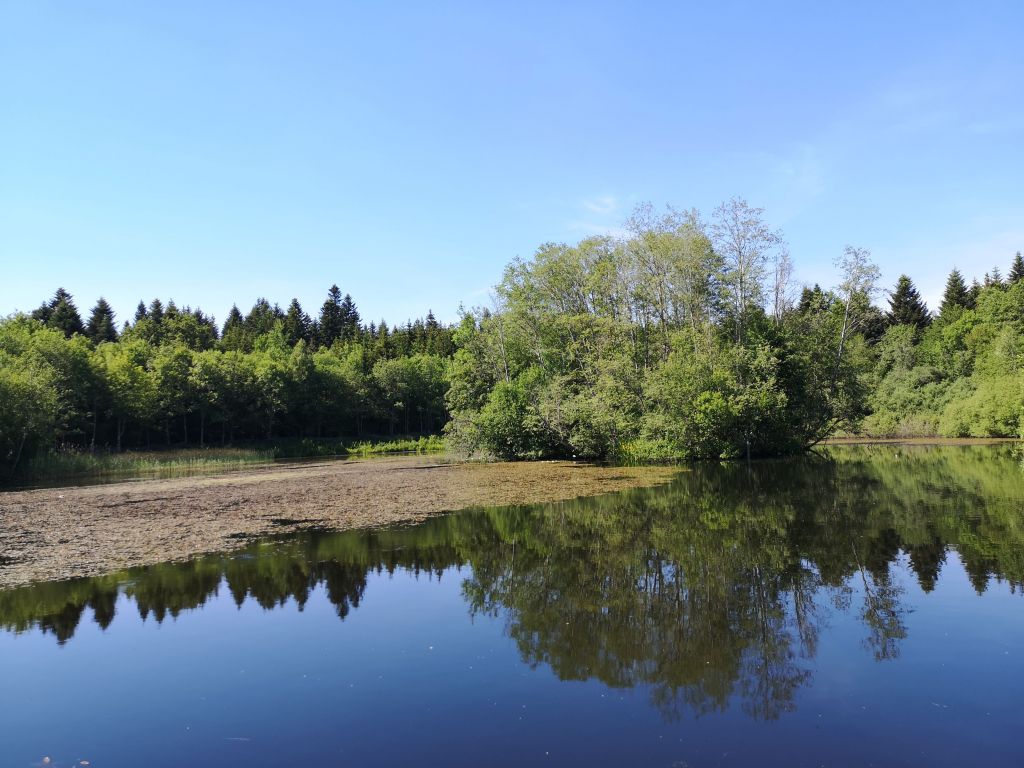
Etang de la Bressonne, Foto: Parc naturel de Jorat
The Jorat Nature Discovery Park is just a stone’s throw from Lausanne. It comprises the largest contiguous forest in the Central Plateau. The water castle and green lung of the canton is home to numerous animal and plant species. While the urbanisation of the area is progressing rapidly and visitors are increasing in number, the nature discovery park aims to preserve the precious forest. Forestry will be discontinued on the entire 440 hectares, thus enhancing the nature and culture of the Jorat. The park was recently officially recognised by the Federal Office for the Environment as a “Park of National Importance”.
The park was only recently officially recognised by the Federal Office for the Environment as a “park of national importance”.
Parco del Calanca (Candidate)
The idyllic Calanca Valley offers a unique environment, traditional settlements and precious natural and agricultural landscapes that give the valley its wild beauty. Parco Val Calanca is the smallest park in Switzerland, but it has a heart as big as Lake Calvararesc, whose shape shapes the park’s logo.
More information
For detailed information about all these Swiss jewels, visit the Swiss Parks website.


